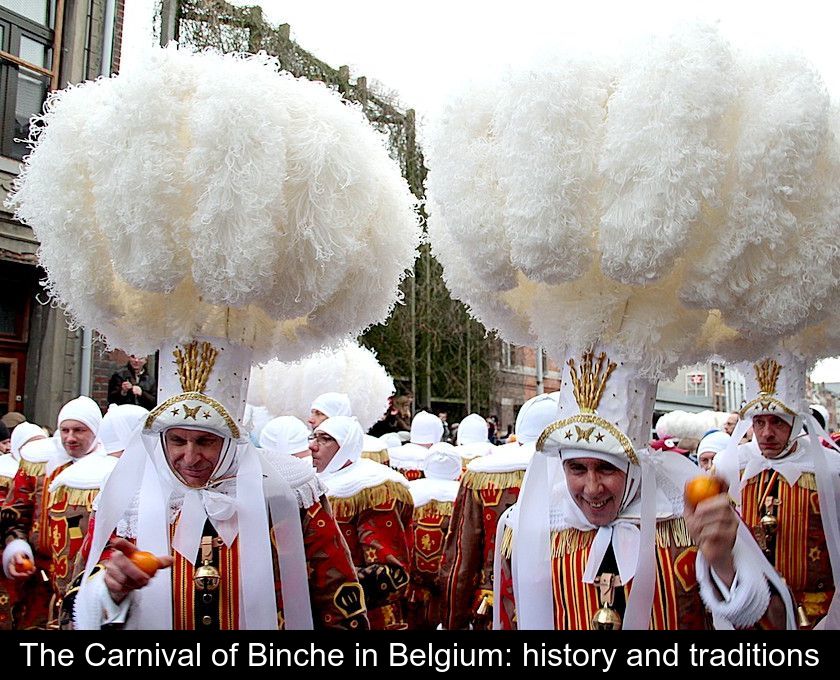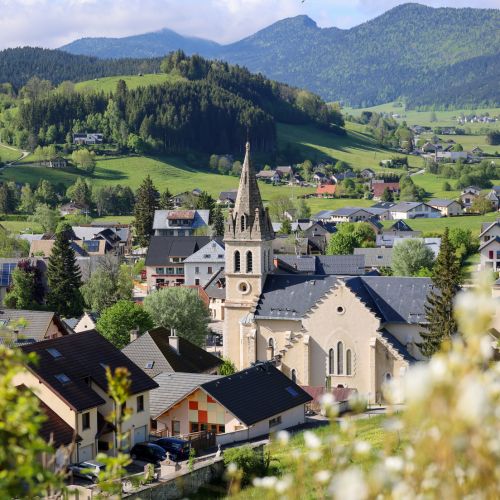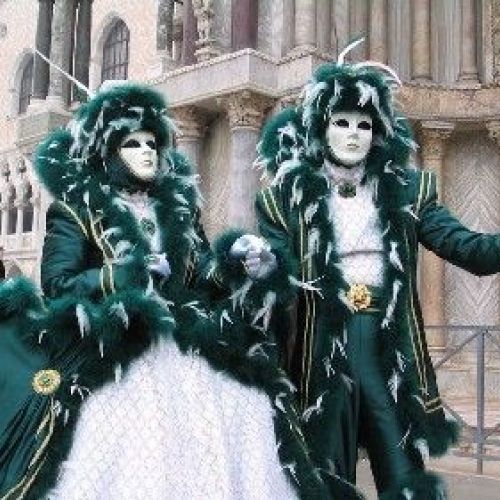The Carnival Of Binche In Belgium: History And Traditions
Did you know that Belgium celebrates several carnivals at the same period as the carnival of Nice or Venice? One of the most typical events of our Belgian neighbors is the Carnival of Binche which has been classified as an intangible heritage of humanity. We propose you to discover the history and the traditions of these three days of festivities.
A carnival with unique characters
While the Nice Carnival has its big heads and the Venice Carnival its fabulous masks, the Binche Carnival in Belgium is characterized by unique characters: the Gilles!
Their costume consists of a jute blouse and pants decorated with 150 patterns (of stars, lions and crowns) in black, yellow and red felt. When dressing, the blouse is padded with straw in the front and back and decorated with a bell.
The Gilles also wear brass bells on their belts, a ruff, wooden clogs and most importantly an imposing ostrich feather hat.
Gilles' costume is reserved for men from Binche families or who have been living in Binche for at least 5 years. Each participant rents his costume and it is forbidden to wear it on a day other than Shrove Tuesday or outside the city of Binche!
A festival with a mysterious origin
While everyone agrees that the Carnival of Binche is one of the most picturesque in Belgium, so much so that it has been included in the intangible heritage of humanity by UNESCO, there is disagreement about the origin of this carnival festival.
Among the various theories that circulate, one of the most popular states that in the fourteenth century one of the Gilles was of Inca origin and wore a costume whose exotic appearance seduced the inhabitants of Binche.
Even if it is unlikely to be true, this story could explain why the Gilles still wear incredible feathered hats today! In reality, the true origins of these traditions and of this famous costume remain very mysterious.
Playful traditions
The City of Binche in Belgium carries on the oldest and most picturesque carnival traditions in Wallonia. The mimosa is the emblematic flower of this carnival. According to tradition, Gilles must give a branch of mimosa to their wife, daughter or a friend during these festivities that last three days, from Sunday to Fat Tuesday.
It is on the morning of Mardi Gras, at dawn, that the Gilles dress in their traditional costume and leave their homes with a broom (or ramon) in hand for an early morning aubade followed by a visit to the City Hall.
But the procession during which the Gilles wear their famous feathered hat does not begin until 3:00 pm. It is during this procession that they distribute oranges. Equipped with a large woven basket, they throw oranges to the crowd, a tradition that is supposed to bring luck!
They then repeat the same route around 8pm, without their hats but by the light of Bengal fires. Around 9:30 pm, the carnival ends on the Grand-Place of the city with a big fireworks display.
Good to know
After being canceled for two years because of the health crisis, the Carnival of Binche returns this year from 19 to 21 February 2023. For the detailed program, we invite you to visit the official website below.









